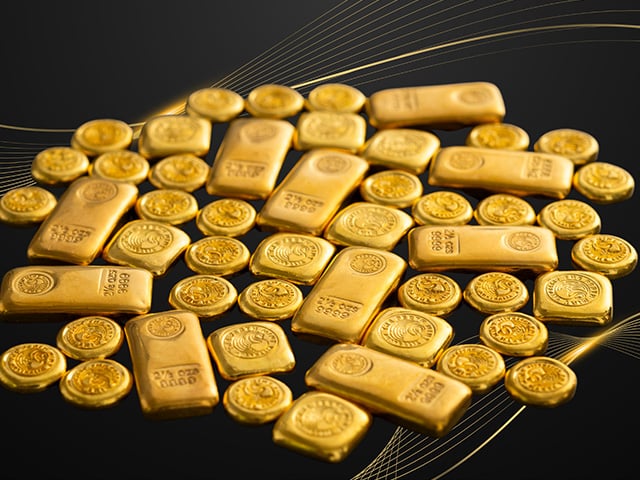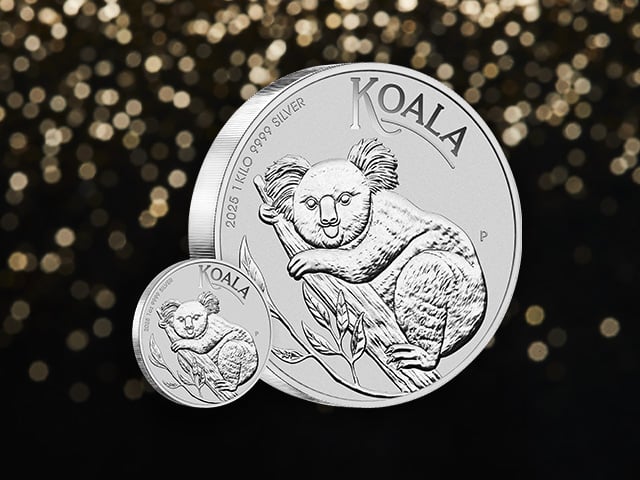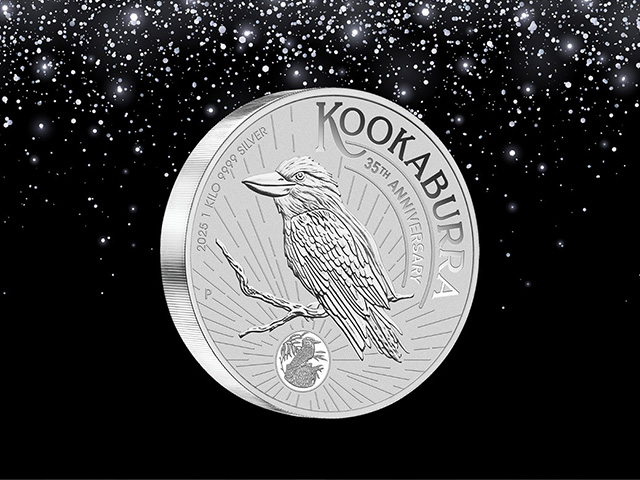New USD record gold price in August
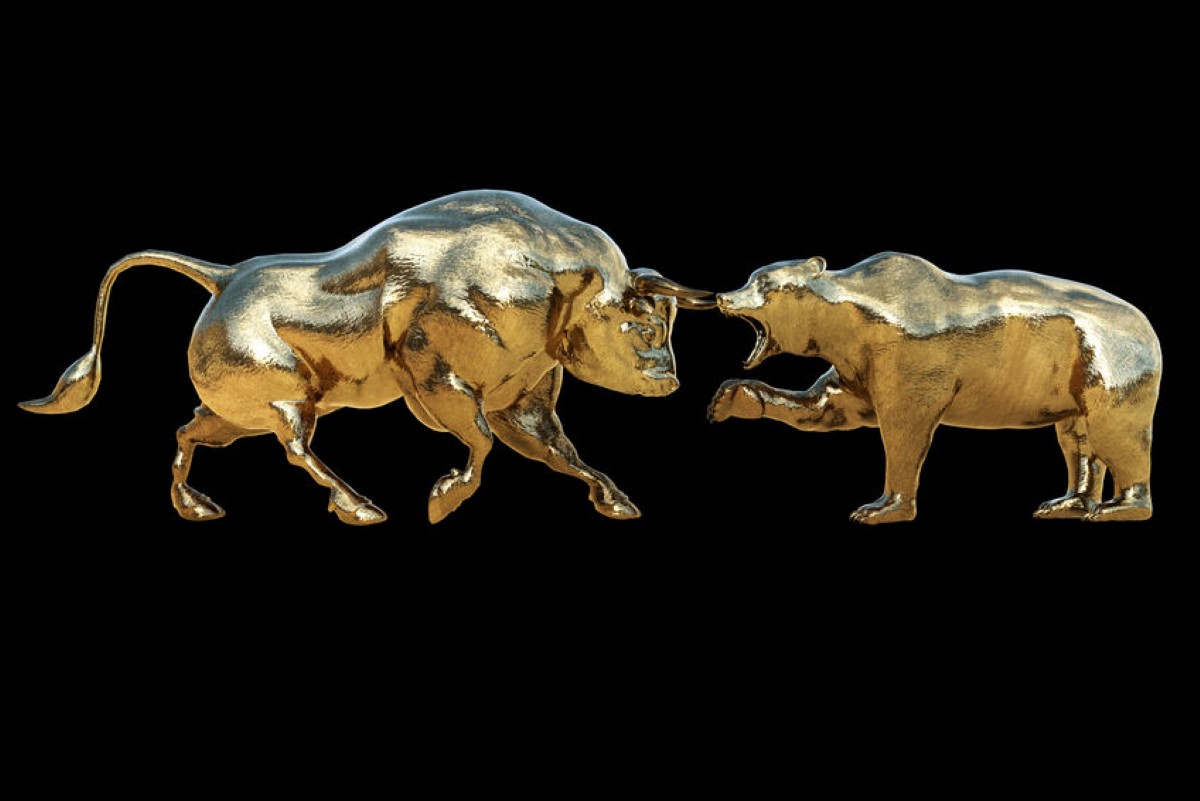
Gold prices hit a record high above USD 2,000 per troy ounce in August 2020.
Expensive financial markets, negative real yields and the ongoing threat from COVID-19 continues to drive demand as a growing number of investors include the precious metal in their portfolio.
What happened with the gold price in August?
- The gold price in US dollars (USD) closed above 2,000 per troy ounce for the first time in history in early August 2020.
- Despite the record high, gold ended the month trading at USD 1,967 per troy ounce, essentially unchanged for the month.
- The Australian dollar (AUD) gold price finished August trading below AUD 2,700 per troy ounce, down 2% for the month due to continued strength in the AUD.
- Risk assets continued to rally last month, with the S&P 500 hitting new all-time highs and recording its strongest return for August in more than 30 years.
- ETF gold holdings continued to rise, though the rates of acquisition slowed relative to demand seen earlier in the year.
Full monthly review – July 2020
Gold prices hit an all-time high in nominal terms in August 2020, closing above USD 2,000 per ounce for the first time on 5 August. The precious metal was unable to maintain this momentum despite the continued decline in real yields, with gold finishing the month at USD 1,967 per troy ounce, essentially unchanged throughout August.
Silver continued to rally, ending August above USD 28 per troy ounce and recording a 16% increase for the month. From the lows seen in March this year, silver has now doubled in price in USD terms. This is reflected in the gold to silver ratio now having declined from more than 110 at the end of February 2020 to below 70 by the end of August.
While gold and silver have been receiving plenty of media attention, the real action in August was seen in equity markets as share prices of market darlings like Tesla soared.
August 2020 also saw Apple become a USD 2 trillion company, doubling its valuation in barely two years as investors go all-in on technology stocks. Although some of the companies enjoying rapid price gains are true economic powerhouses, the broader froth in this sector, and the multiples of earnings investors are willing to pay, is reminiscent of the bubble in the NASDAQ seen almost 20 years ago.
That NASDAQ bubble of course ultimately burst, with the peak in that cycle almost perfectly coinciding with the beginning of the now two decade-long secular bull market in gold.
We discuss the equity market rally and the challenge it poses for investors below.
We also examine other key developments in the economy, and in precious metals and investment markets, during August 2020.
Federal Reserve announces strategy change at Jackson Hole
The highlight of the economic calendar in August was the annual economic policy symposium hosted by the Federal Reserve at Jackson Hole.
This year, in a move widely anticipated by financial markets, Federal Reserve Chairman Jerome Powell updated the monetary policy framework of the Federal Reserve, releasing a new Statement on Longer-run Goals and Monetary Policy Strategy.
The key to this, in the eyes of the market at least, is the adoption of what is being called ‘average inflation targeting’. Going forward, The Federal Reserve will be happy to see inflation run at more than 2% per annum (which is still its preferred inflation rate over the long run), to make up for years where inflation rates have been less than 2%.
This move helped drive a continued decline in the value of the USD, which fell another 1.44% (based on the USD index) in August following a 4% decline in July.
AUD continues to rally
The rally in the AUD continued during August, rising by almost 2%.
Ending the month trading at more than USD 0.735, the AUD has now increased by over 30% since the lows in the middle of March, when it was trading closer to USD 0.55.
Had the currency remained at the levels seen in March, the AUD gold price would now be trading above 3,500 per troy ounce, which is almost AUD 800 per troy ounce higher than where it sits today.
While that may frustrate some investors that have already bought and who would like to see a higher price, it’s a good thing for any Australian investor still wanting to put some money into precious metals.
All other things being equal, it means they can get more bang for their buck when converting AUD into gold, silver or platinum today, relative to what they would have been able to buy had the AUD not rallied in the past few months.
It is worth noting that it is not just the USD that the AUD has been appreciating against. The AUD also appreciated versus the trade weighted index by 1% in August and by more than 25% since mid-March.
ETF holdings continue to grow
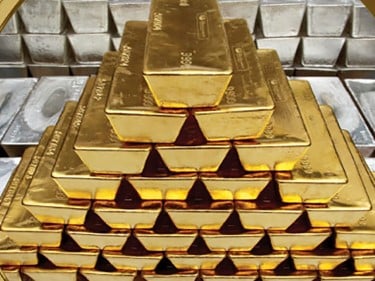
Gold ETF holdings continued to increase in August, with inflows of 23 tonnes seen in the first three weeks of the month (full end August data not available at time of writing). That is an increase of 0.50% relative to where holdings were sitting at the end of July.
While this represents continued demand for the precious metal, it is also a notable slowdown from the pace of buying seen earlier in the year which saw average inflows of more than 128 tonnes a month in the first seven months of the year.
Australian investors are again outperforming in terms of gold demand for ETFs relative to global peers, with Perth Mint Gold (ASX:PMGOLD) seeing holdings increase by more than 5.5% in August.
Strong demand is also being seen for minted bars and coins, with Perth Mint sales of minted gold products up 20% in August. Across the course of 2020 The Perth Mint has on average sold 64,000 ounces of minted gold per month, a 50% increase relative to the average monthly sales seen between 2012 and the end of 2019.
Risk assets rally, but caution warranted
While gold’s record-breaking rise above USD 2,000 per ounce in August attracted global media attention, the real rally occurred in the equity market, or more specifically the technology companies that dominate major indices like the S&P 500.
Indeed, the S&P 500 recorded its best August performance since 1984, with the US market now up more than 55% since the lows seen in March.
Great news for stock market investors, this rally does pose a challenge for investors looking ahead, as it’s largely been driven by fiscal and monetary stimulus rather than a sustained improvement in economic fundamentals.
The result of this is we now find ourselves in a situation where valuations for equity markets are at historically elevated levels, while traditionally ‘low-risk’ investments offer negative real returns.
This challenge was neatly captured in a Bloomberg article in late August titled Low rates lead investors to look beyond the classic 60/40 mix.
The article noted that a 60/40 portfolio (60% stocks, 40% bonds) may struggle to deliver positive real returns in the years ahead as, “with bond yields so low and equity valuations so high, the strategy’s reputation for solid, steady returns is in serious doubt.”
We expect this situation to drive higher levels of gold demand in the years ahead and act to support prices.
Unlike other alternative assets, physical gold can be low cost, is easily accessible for investors, and is generally seen as low risk on any metric other than short-term volatility.
Pension funds turning to gold
The increased demand that we are seeing for gold (and expect to continue to see) is not limited to retail investors with institutional investors beginning to see its appeal.
Bloomberg reported last month that the USD 16 billion Ohio Police and Fire Pension Fund had approved a 5% allocation to gold to “help diversify its portfolio and hedge against the risk of inflation.”
We suspect we will see more pension funds, as well as insurance companies, family offices and the like move to include a gold allocation in their portfolios in the years ahead.
Modern Monetary Theory is coming
The growing discussion around, and indeed support for, Modern Monetary Theory (MMT) can be expected to support gold demand in the years ahead.
Last month the ABC ran a radio program with high profile journalist Alan Kohler discussing MMT. Titled It’s ok to print money, the segment examined the benefits of adopting MMT and its approach to monetary and fiscal policy.
From our perspective, we think we are already living in a quasi-MMT economy and monetary environment, with central banks monetising large portions of budget deficits in 2020.
As an example, according to a study by economist Gerard Minack, the US Federal Reserve increased its holdings of US Treasuries from June 2019 to June 2020 by USD 2.2 trillion. This almost perfectly matched the USD 2.1 trillion increase in the US Federal Budget deficit over the same period.
As Minack noted: “This is in every way that matters pure monetisation.”
This debt monetisation is one of the factors that has driven the increase in inflation expectations in the past few months. As an example, US 5-year, 5-year forward inflation expectation rates ended August 2020 at 1.91%, more than double the level it was sitting at in mid-March.
For as long as we continue down this monetary policy path, concerns around higher levels of inflation will remain, helping gold find support from investors.
References
Ohio pension fund adds gold allocation to hedge risk, inflation, Bloomberg Law
Low rates lead investors to look beyond the classic 60/40 mix, Bloomberg
It's ok to print money, ABC Melbourne
5 Key Takeaways From Powell’s Jackson Hole Fed Speech, Bloomberg Opinion
Fed to overhaul approach for controlling inflation to better handle future downturns and reach full employment, Jerome Powell says, Market Insider
DISCLAIMER
Past performance does not guarantee future results. The information in this article and the links provided are for general information only and should not be taken as constituting professional advice from The Perth Mint. The Perth Mint is not a financial adviser. You should consider seeking independent financial advice to check how the information in this article relates to your unique circumstances. All data, including prices, quotes, valuations and statistics included have been obtained from sources The Perth Mint deems to be reliable, but we do not guarantee their accuracy or completeness. The Perth Mint is not liable for any loss caused, whether due to negligence or otherwise, arising from the use of, or reliance on, the information provided directly or indirectly, by use of this article.
DISCLAIMER
Past performance does not guarantee future results. The information in this article and the links provided are for general information only and should not be taken as constituting professional advice from The Perth Mint. The Perth Mint is not a financial adviser. You should consider seeking independent financial advice to check how the information in this article relates to your unique circumstances. All data, including prices, quotes, valuations and statistics included have been obtained from sources The Perth Mint deems to be reliable, but we do not guarantee their accuracy or completeness. The Perth Mint is not liable for any loss caused, whether due to negligence or otherwise, arising from the use of, or reliance on, the information provided directly or indirectly, by use of this article.











